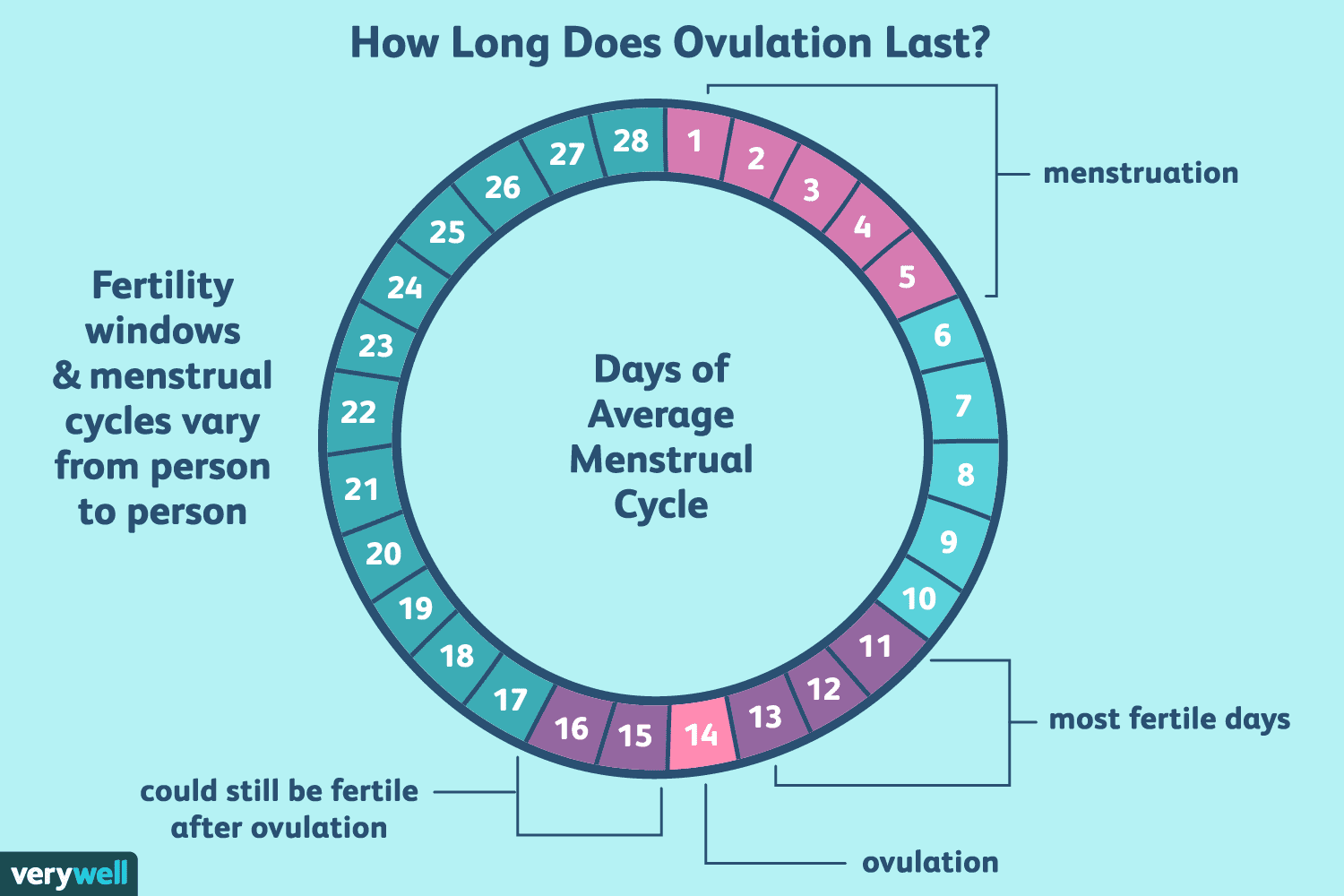Fertile Days For Baby Boy Calculator: Understanding Gender Selection
Are you hoping to conceive a baby boy? Understanding your fertile days can significantly enhance your chances of selecting the gender of your child. This article will delve into the concept of fertile days and how they relate to gender selection. We’ll explore the science behind conception, factors influencing gender determination, and how to use a baby boy calculator effectively. Whether you’re planning for a family or simply curious about the process, this comprehensive guide will provide valuable insights.
In recent years, many couples have become interested in family planning techniques that allow for gender selection. While it’s important to note that natural methods are not foolproof, understanding your menstrual cycle and fertile window is crucial. This article will provide you with the tools you need to maximize your chances of having a baby boy, using a baby boy calculator and other methods.
Join us as we navigate the intricacies of conception, explore scientific theories on gender determination, and provide practical tips for understanding and utilizing a fertile days for baby boy calculator. Your journey to parenthood starts with informed choices, and we are here to help you every step of the way.
Table of Contents
- What is Fertility?
- The Menstrual Cycle Explained
- Gender Selection Theories
- Understanding Sperm Types
- Calculating Fertile Days for a Baby Boy
- Using a Baby Boy Calculator
- Factors Affecting Gender Selection
- Conclusion
What is Fertility?
Fertility refers to the ability to conceive a child. For women, fertility is typically linked to the health of the reproductive system, the regularity of the menstrual cycle, and the timing of ovulation. Understanding fertility is crucial for couples trying to conceive, especially if they have a specific gender preference.
The Menstrual Cycle Explained
The menstrual cycle consists of several phases, each playing a significant role in fertility:
- Follicular Phase: This phase begins on the first day of menstruation and lasts until ovulation. Hormones stimulate the growth of follicles in the ovaries.
- Ovulation: Typically occurs around the midpoint of the cycle. An egg is released from the ovary and is available for fertilization.
- Luteal Phase: This phase follows ovulation and ends with menstruation. If the egg is fertilized, it can implant in the uterus during this time.
Gender Selection Theories
Several theories suggest methods for increasing the likelihood of conceiving a baby boy:
- Shettles Method: This popular method suggests timing intercourse closer to ovulation for a higher chance of a boy, as male sperm are believed to swim faster.
- Whelan Method: This approach advocates for having intercourse several days before ovulation to conceive a girl and closer to ovulation for a boy.
Evidence Supporting Gender Selection Theories
While anecdotal evidence supports these methods, scientific studies have shown mixed results. The natural sex ratio at birth skews slightly towards boys, with approximately 105 boys born for every 100 girls. However, these theories lack robust scientific backing.
Understanding Sperm Types
There are two types of sperm: X (female) and Y (male). The determination of a baby's gender is based on which sperm fertilizes the egg:
- X Sperm: Carries the genetic material for a female child.
- Y Sperm: Carries the genetic material for a male child.
Y-sperm is generally faster but less resilient than X-sperm, which may influence the timing of intercourse in relation to ovulation.
Calculating Fertile Days for a Baby Boy
To maximize your chances of conceiving a baby boy, it’s essential to calculate your fertile days accurately. Here’s how:
- Track your menstrual cycle for at least three months.
- Determine the length of your cycle (typically 28-32 days).
- Identify your ovulation day (usually 14 days before your next period).
- Engage in intercourse 1-2 days before ovulation for the best chances of conceiving a boy.
Using a Baby Boy Calculator
A baby boy calculator is a helpful tool for predicting the most favorable days for conceiving a boy. Here’s how to use one:
- Input the date of your last menstrual period.
- Specify the average length of your cycle.
- Review the results, which will indicate your fertile window.
Many online calculators are available, but ensure you use a reputable source for accuracy.
Factors Affecting Gender Selection
While timing and techniques can influence gender selection, other factors may also play a role:
- Parental Age: Studies suggest that older parents may have a higher chance of conceiving boys.
- Diet: Nutritional factors may influence gender; some studies suggest that a diet rich in potassium and sodium could favor boys.
- Environmental Factors: Exposure to certain chemicals and pollutants may impact gender ratios.
Conclusion
In summary, understanding your fertile days and using methods like the baby boy calculator can increase your chances of conceiving a boy. While natural methods are not guaranteed, being informed about your menstrual cycle and ovulation can empower you in your family planning journey. Remember to consult with a healthcare professional for personalized advice.
We encourage you to share your thoughts and experiences in the comments below. If you found this article helpful, consider sharing it with friends and family or exploring other related articles on our site.
Thank you for reading! We hope to see you back for more informative content on family planning and conception.
Megan Thee Stallion Age: A Journey Through Her Life And Career
Where Is Busta Rhymes' Parents From? The Roots Of A Hip-Hop Legend
Funny Quotes About Pilots: A Humorous Take On Aviation


:max_bytes(150000):strip_icc():format(webp)/OvulationIllustration-Parents-final-551375c1875d46a0b0ad5664906df8e7.jpg)